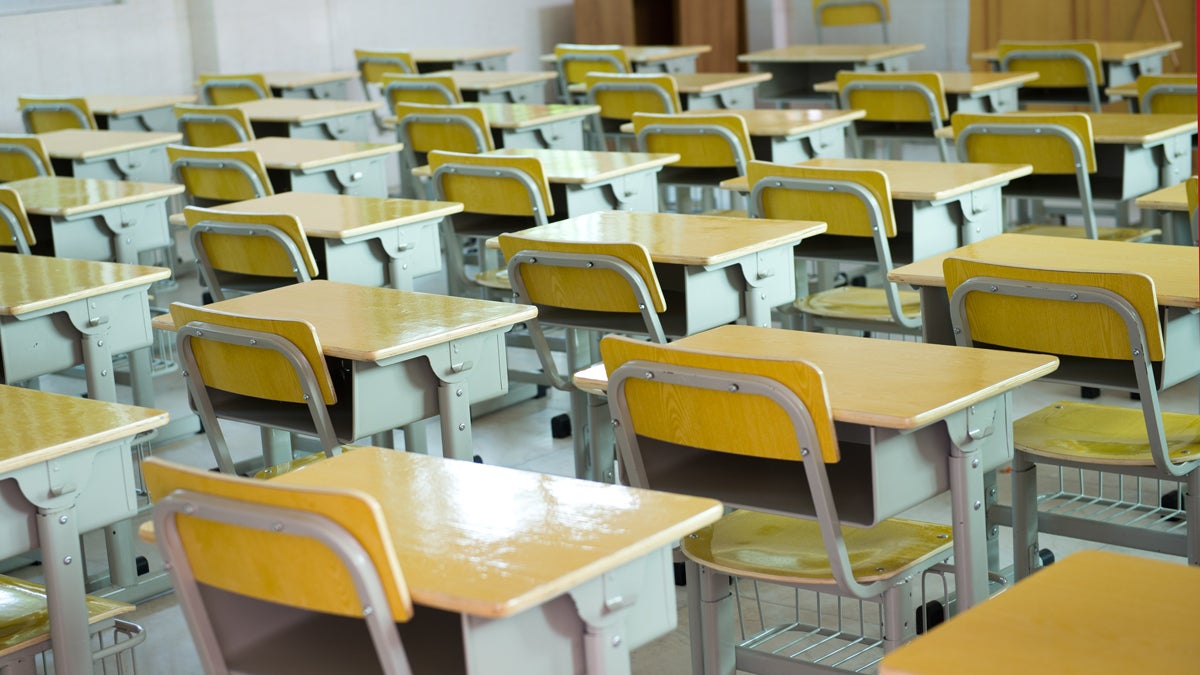Dismantling distressed school districts best bet for recovery, analysts say
 Image via Shutterstock) " title="empty_classroom_1200" width="1" height="1"/>
Image via Shutterstock) " title="empty_classroom_1200" width="1" height="1"/>
A report by Moody's Investors Service analyzed the recovery plans of struggling school districts in Pennsylvania. (Image via Shutterstock)
Moody’s report favors radical moves to stabilize public education in struggling communities.
If the Commonwealth’s poorest, worst-performing districts want to improve education, they should pay other people to handle it.
That seems to be the takeaway from the report released Wednesday by Moody’s Investors Service.
Analysts scrutinized recovery plans for York, Duquesne, Chester-Upland and Harrisburg school districts. Those districts are the four involved in the state’s Act 141, a state oversight program to assist distressed school districts.
The program provides for state intervention in districts demonstrating a combination of more than a dozen indicators of financial difficulty. Recovery plans include both fiscal and academic improvement targets.
York has multiple options for recovery, one of which is to turn over operations at all schools to a private operation, Charter School USA. A board of 15 York taxpayers, parents, teachers and district administrators chose the for-profit company, which runs 70 schools in seven states, from an eight-finalist pool.
Duquesne proposed sending all non-charter students to nearby districts, which would get tuition payments. But those nearby schools rejected the idea. Moody’s analysts say despite the opposition, those ideas seem like they’re more likely to improve education than the other districts’ strategy.
Harrisburg and Chester-Upland are going in another direction: trying to improve education, in hopes of regaining some enrollment lost to charter schools in recent years. Even if those academic gains happen, they occur too slowly for such an urgent scenario, analysts say.
Where the charter school ideas are being considered, the charter companies get tuition payments based on the home district’s average per-pupil expenditures. But analysts say imbalance still results: tuition costs end up rising faster than savings from decreased enrollment in home districts are realized. That puts even more pressure on districts already struggling to balance their budgets in communities with stagnant tax bases and high poverty rates.
Analysts also say a high charter enrollment ratio also means a guaranteed revenue loss and therefore can compromise credit, making it harder for districts to borrow to cover some of these widening gaps.
WHYY is your source for fact-based, in-depth journalism and information. As a nonprofit organization, we rely on financial support from readers like you. Please give today.



